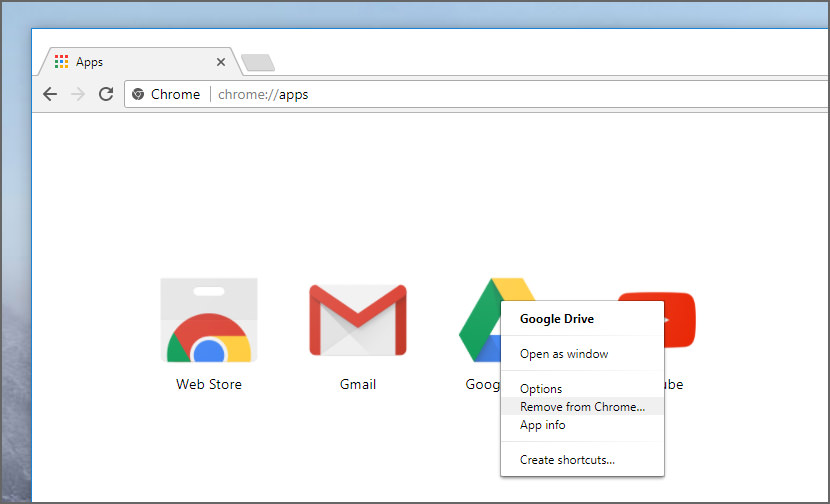

Service Connector also supports the following authentications: user-assigned managed identity (UMI), connection string (secret) and service principal.Ĭreate a connection between your web application and your App Configuration store, using a user-assigned managed identity authentication. System-identity refers to the system-assigned managed identity (SMI) authentication type. az webapp connection create appconfig -g $RESOURCE_GROUP_NAME -n $APP_SERVICE_NAME -app-config $APP_CONFIG_NAME -tg $RESOURCE_GROUP_NAME -connection "app_config_smi" -system-identity This connection is done through Service Connector. Import the test configuration file to Azure App Configuration using a connection string.Ĭreate a connection between your web application and your App Configuration store.Ĭreate a connection between your web application and your App Configuration store, using a system-assigned managed identity authentication. Import the test configuration file to Azure App Configuration using service principal. Import the test configuration file to Azure App Configuration using a user-assigned managed identity. az appconfig kv import -n $APP_CONFIG_NAME -source file -format json -path. If you're using Cloud Shell, upload sampleconfigs.json before running the command. sampleconfigs.json test configuration file into the App Configuration store. Import the test configuration file to Azure App Configuration using a system-assigned managed identity.Ĭd into the folder ServiceConnectorSample Import the test configuration file to Azure App Configuration.
ADD APPS TO CHROME APPS PAGE FREE
# Change directory to the service principal sampleĬd serviceconnector-webapp-appconfig-dotnet\connection-stringĬreate an Azure App Configuration store APP_CONFIG_NAME='my-app-config'Īz appconfig create -g $RESOURCE_GROUP_NAME -n $APP_CONFIG_NAME -sku Free -l eastus az ad sp create-for-rbac -name myServicePrincipal -role Contributor -scopes /subscriptions//resourceGroups/$RESOURCE_GROUP_NAMEĬreate an app service and deploy the sample app that uses connection string to interact with App Config. Save the output into a temporary notepad.

# Change directory to the service principal sampleĬd serviceconnector-webapp-appconfig-dotnet\service-principalĬreate a service principal, make sure to replace the yourSubscriptionID with your actual subscription ID. az identity create -resource-group $RESOURCE_GROUP_NAME -n "myIdentity"Ĭreate an app service and deploy the sample app that uses service principal to interact with App Config. # Change directory to the UMI sampleĬd serviceconnector-webapp-appconfig-dotnet\user-assigned-managed-identityĬreate a user-assigned managed identity. The app service name is used as the name of the resource in Azure and to form the fully qualified domain name for your app, in the form of the server endpoint This name must be unique across all Azure and the only allowed characters are A- Z, 0- 9, and -.Ĭreate an app service and deploy the sample app that uses user-assigned managed identity to interact with App Config. You'll use this resource group to organize all the Azure resources needed to complete this tutorial. Use az account list-locations -output table to list locations.

RESOURCE_GROUP_NAME='service-connector-tutorial-rg'Īz webapp up -location $LOCATION -resource-group $RESOURCE_GROUP_NAME -name $APP_SERVICE_NAMEĬhoose a location near you. # Change directory to the SMI sampleĬd serviceconnector-webapp-appconfig-dotnet\system-managed-identity Create an app service and deploy the sample app that uses system-assigned managed identity to interact with App Config.


 0 kommentar(er)
0 kommentar(er)
